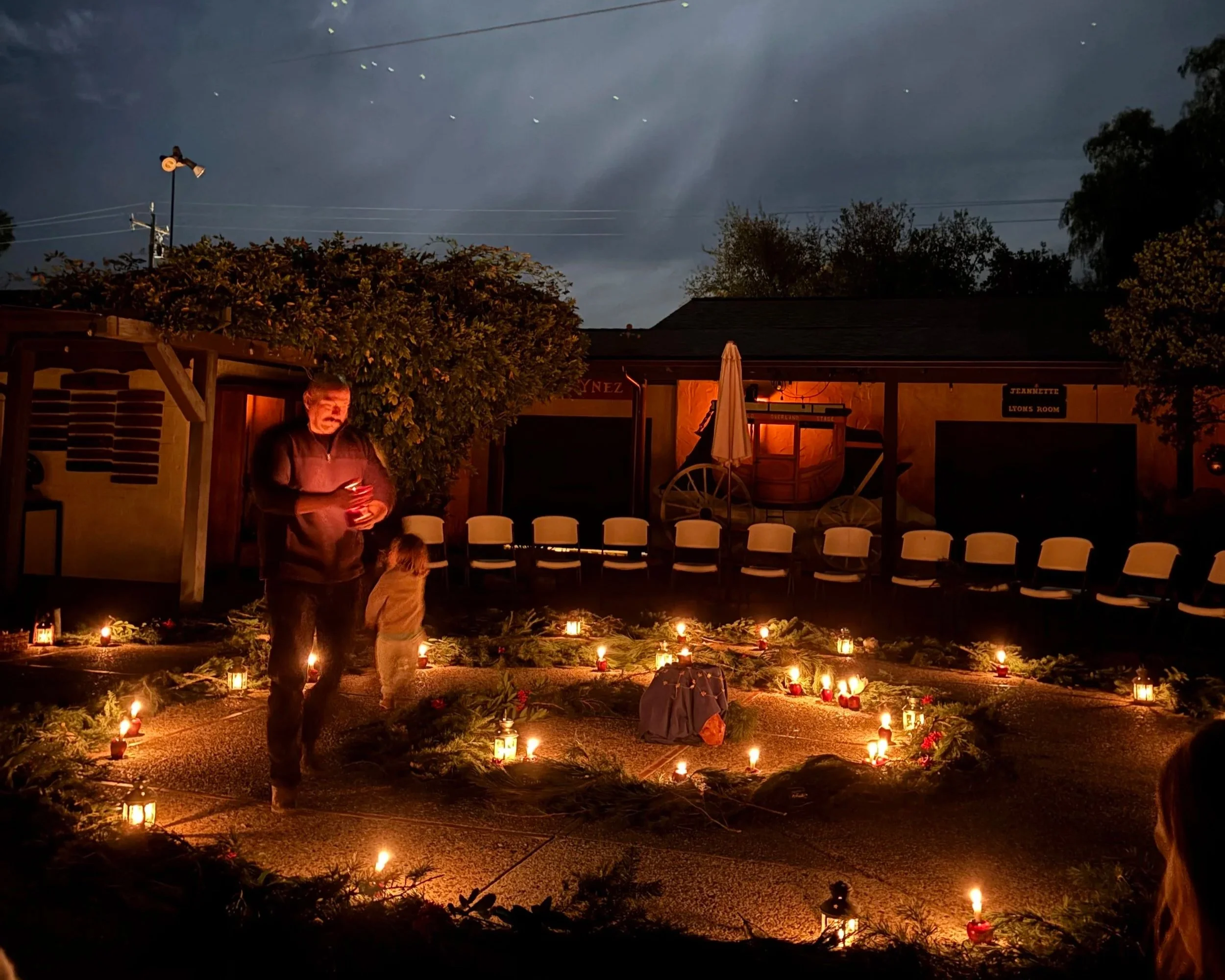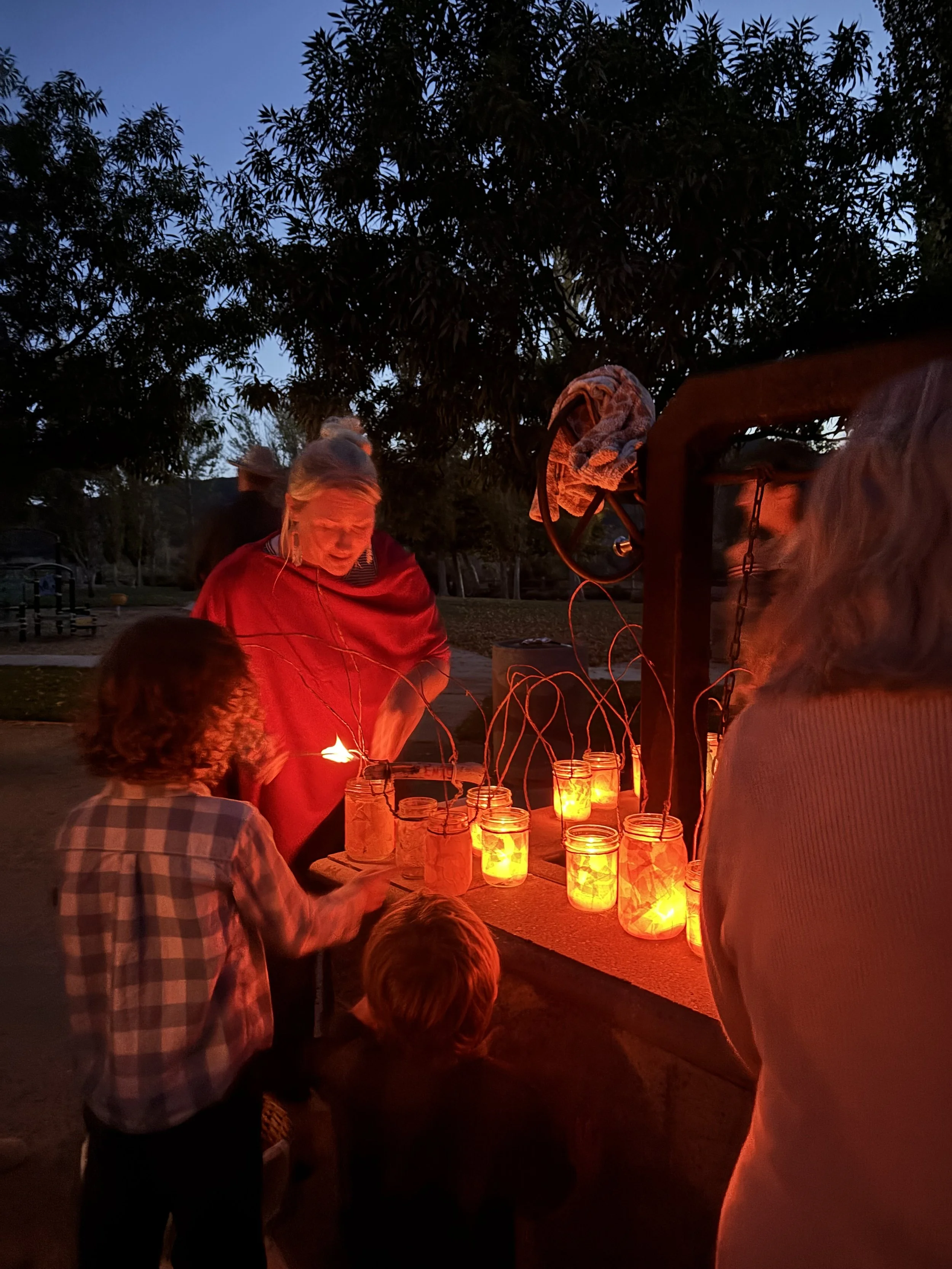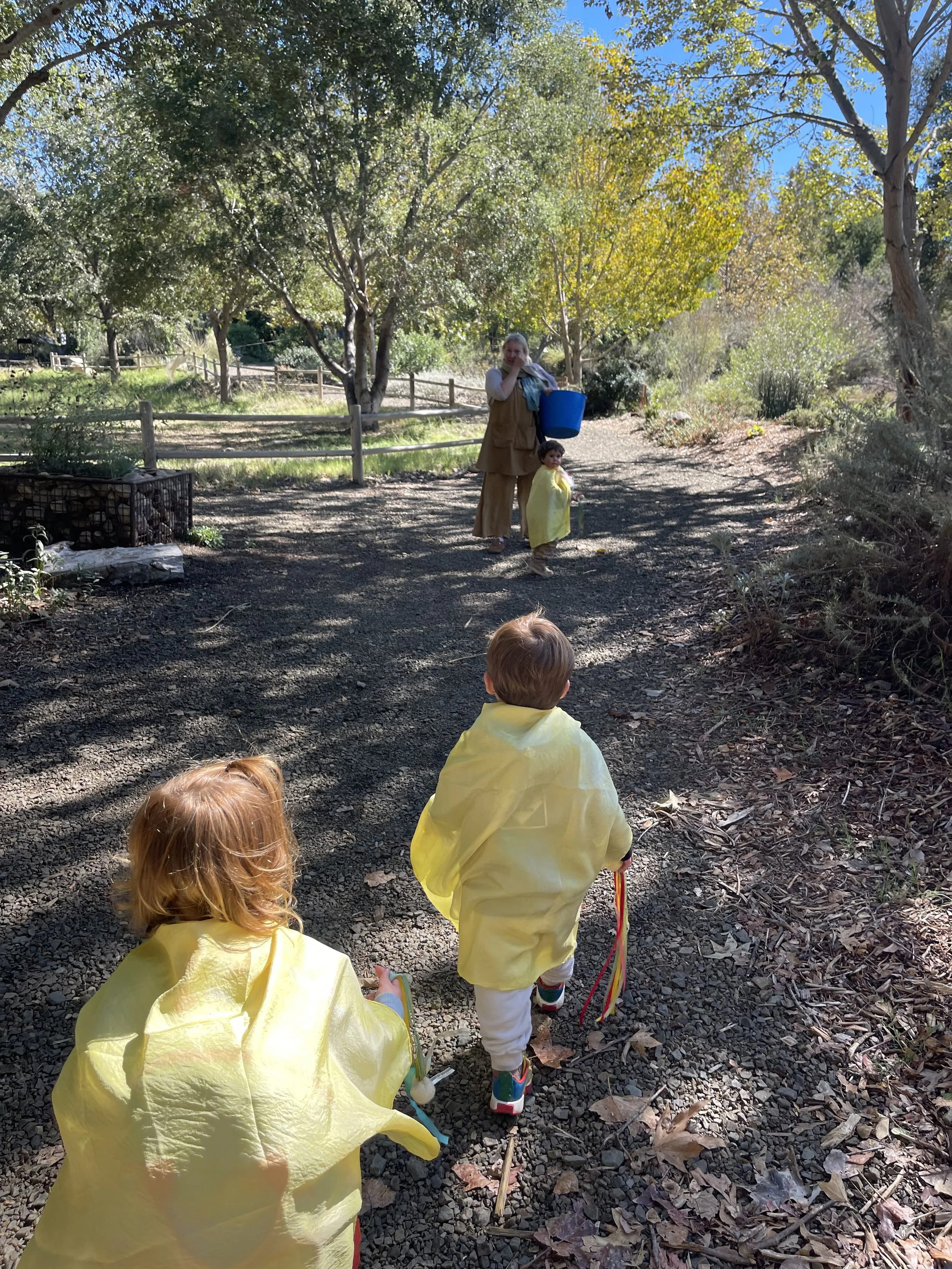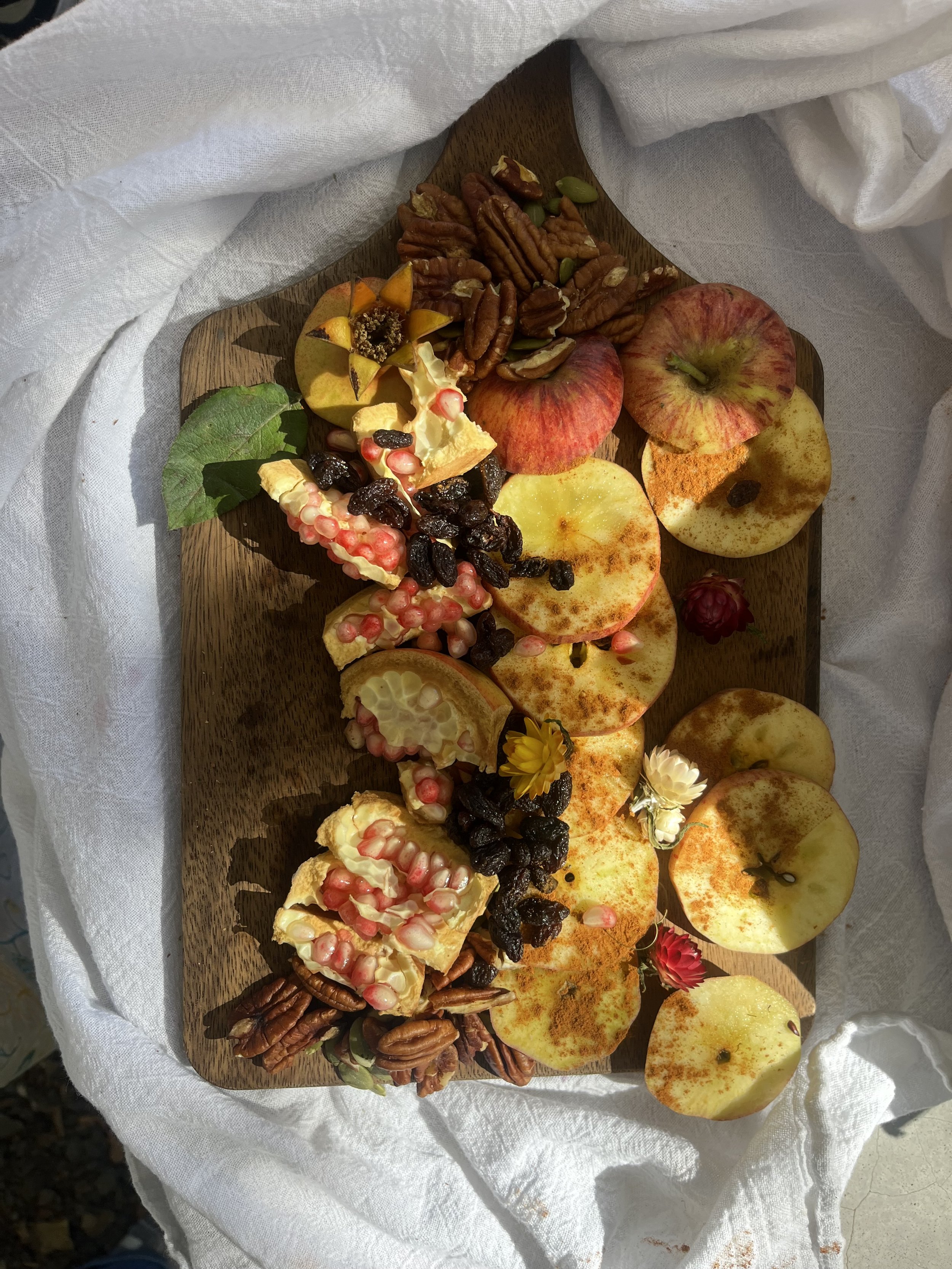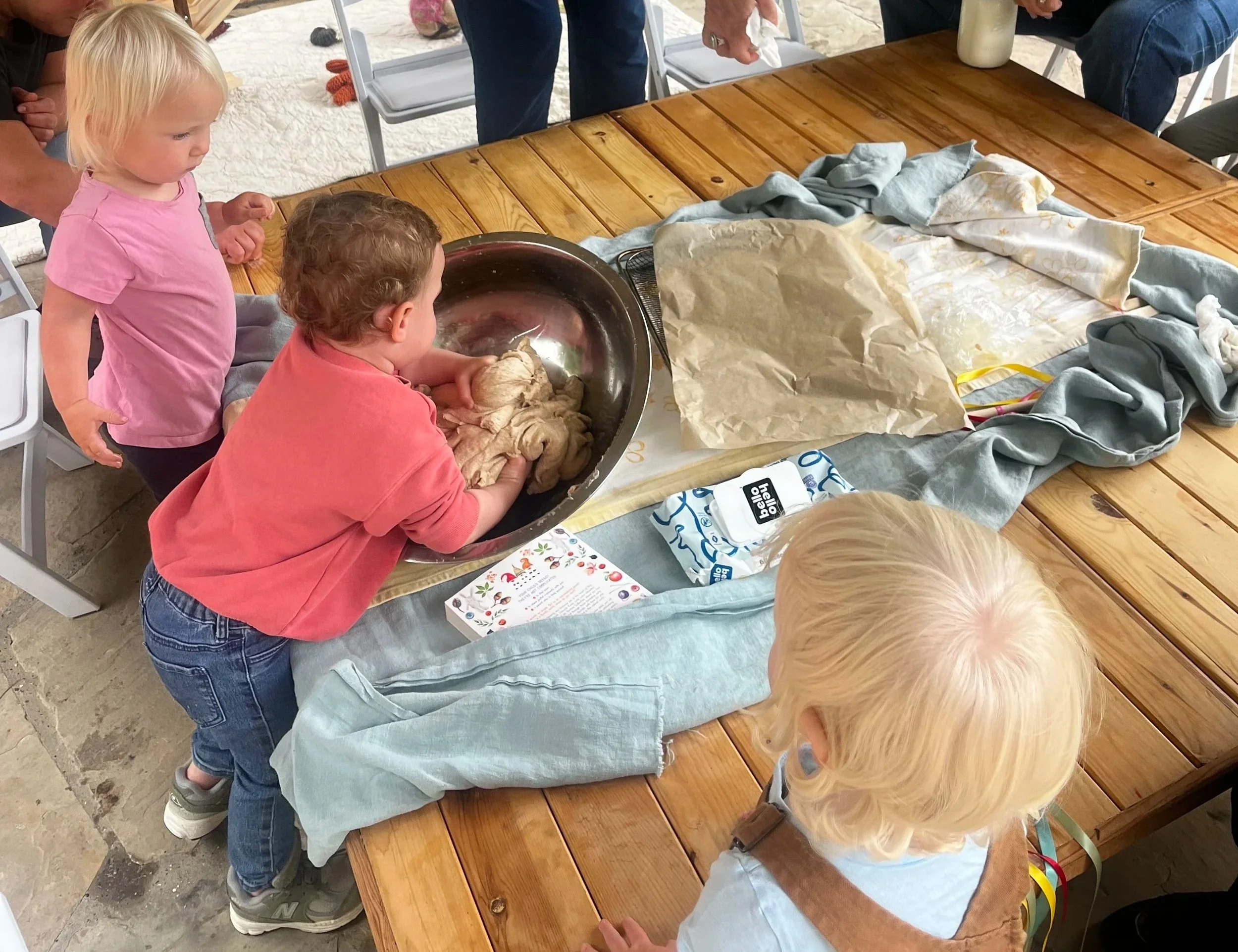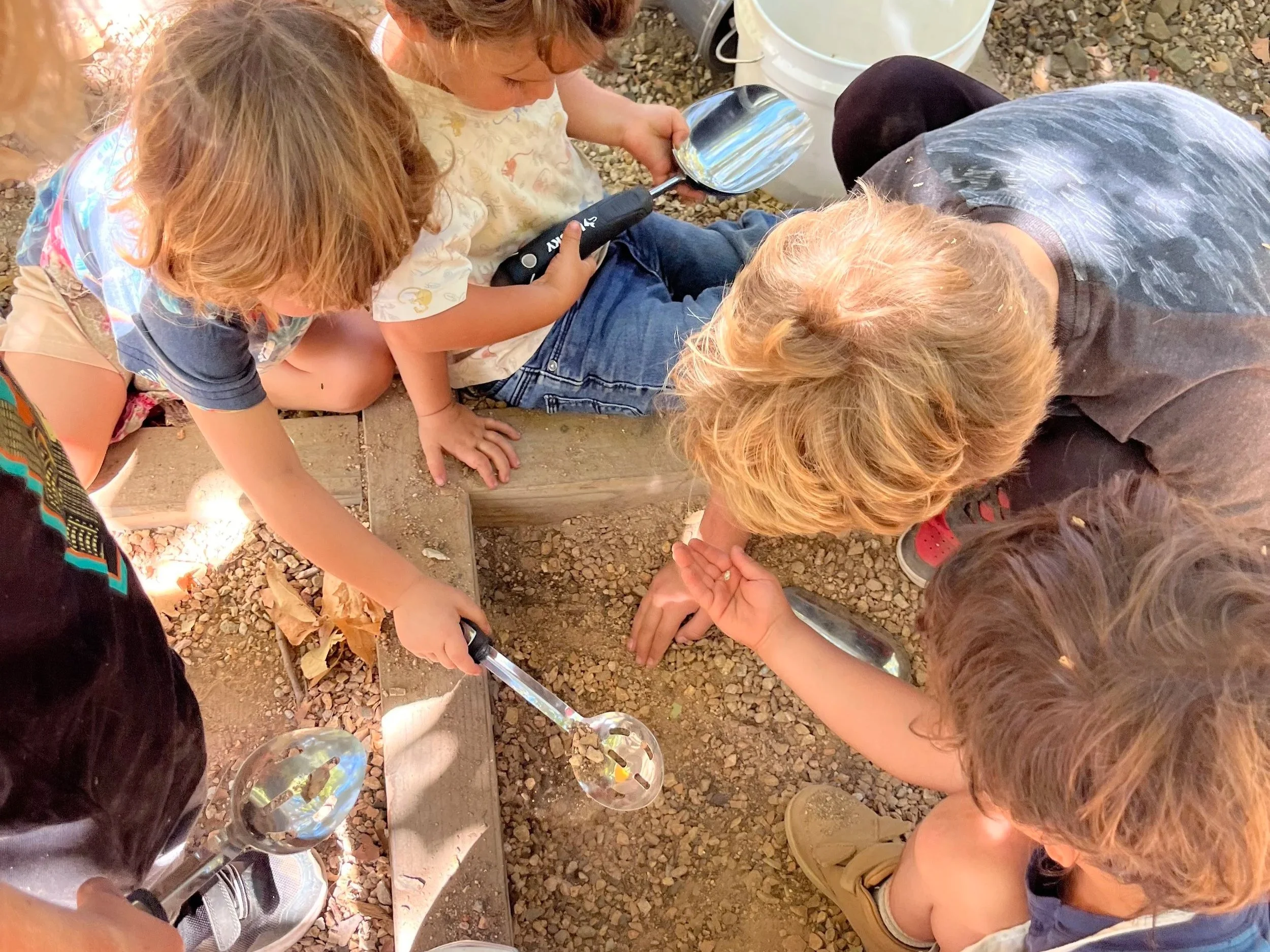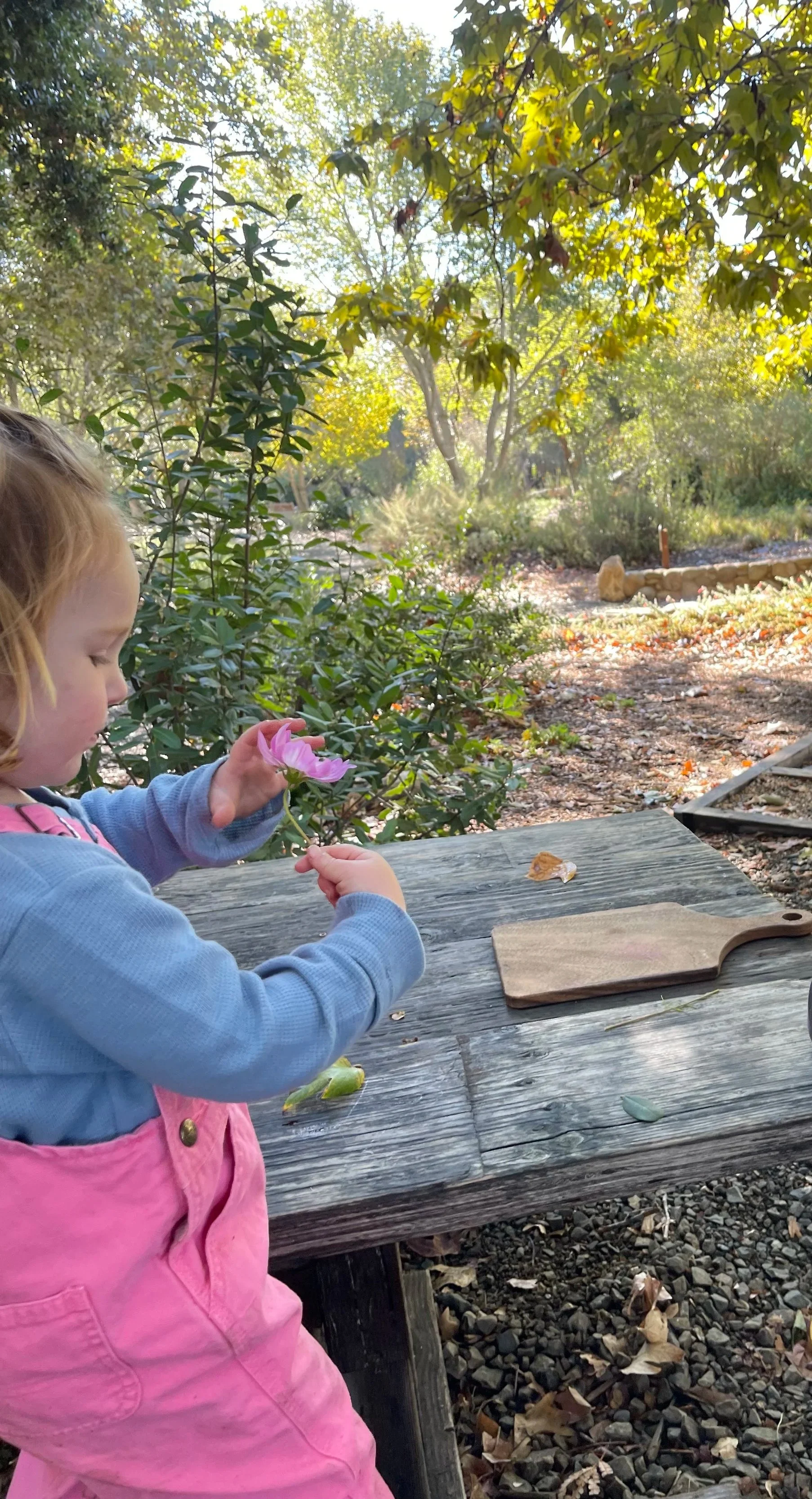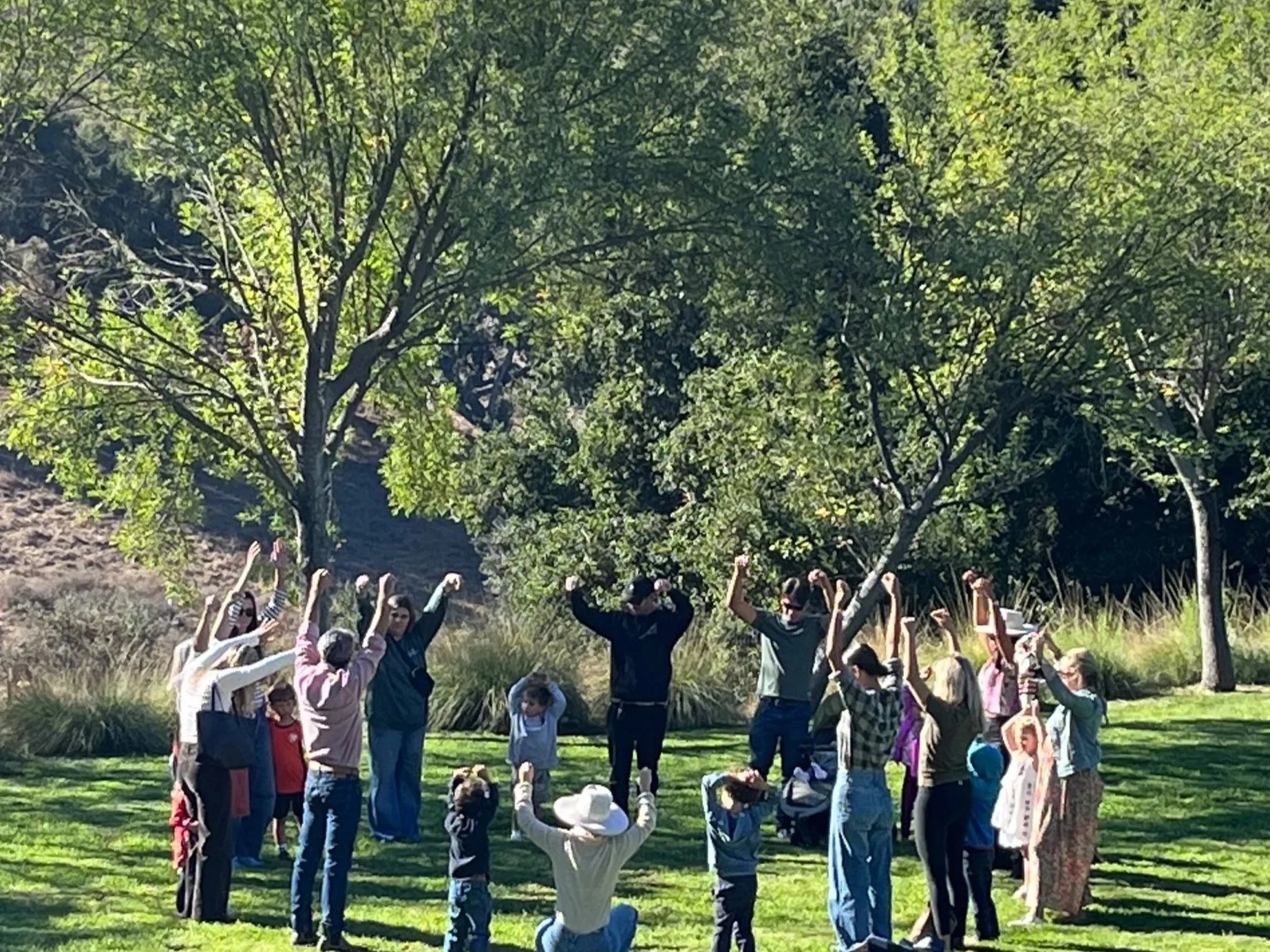The Four Foundational Senses
When we look at the child’s early years of development, particularly through the lens of Waldorf Education, we’ll see that great attention is given to the healthy nurturing of the lower senses. This is the foundation upon which the other senses will be built upon, so it’s to the young child’s benefit when this foundation is sturdy. A Sturdy foundation, A Sturdy child!
Young children feel and experience the world through their bodies, and when the four foundational senses are nourished in healthy ways, children feel safe and can be in better relationship with the world around them. They are grounded and therefore, better connected to their body and where their body is in space, as well as their body’s relationship to others. They feel a connection to the rhythms of the day, to nature, and to the earth. These are some of the many reasons why, in Waldorf Education, the four foundational senses are a central focus in the early years.
The senses are the gateway to nourishing every part of a young child’s body, and young children grow strong when their senses are well cared for. Understanding these senses can help us solve behavior riddles that are difficult to resolve and see where a young child’s sensory system needs nurturing. This doesn’t mean that all negative behavior will disappear, but when we look at the healthy development of our child’s senses, we can sometimes see which sense is in need of more nurturing. Let’s explore these four senses.
The Sense of Touch
It is through touch that we experience the world. Touch informs us of where our body ends and where the world around us begins, thereby giving us a sense of a boundary. Children need warm, loving touch, but we must also consider that some children are sensitive to touch. The sense of touch also informs us about ourselves. When we touch an object or feel a substance or material, we are also learning about ourselves by how it feels. This is one reason why children touch just about everything in their environment that is within their reach.
For the young child, touch that is loving, nurturing, gentle, and respectful is essential to them feeling safe. It is through our touch that we communicate that all is well, that they will be cared for with gentleness. It is through touch that children learn to trust those who care for them and to trust their world. Respectful touch is essential and deeply connected to a child’s ability to trust. It’s also important to think about what your child comes into contact with daily - what they touch, hold, and play with.
Behaviors that tell you your child’s sense of touch needs nurturing:
Lacking awareness of personal space
Quick to argue
Often oppositional
Tendency to be emotionally dysregulated
Often shows feelings of insecurity
Has difficulty trusting
Tends to be defiant
Nourishing the sense of touch
Give lots of hugs and cuddles.
Have clear boundaries.
Play lap games with your child.
Spend lots of time in nature.
Craft together.
Involve your child in caring for the home—washing dishes, helping to
prepare meals, fold laundry, and garden.
The Sense of Life
The sense of life is our inner feeling of well-being and balance, and something we often don’t notice until it feels off. For children and adults alike, this sense can be nurtured through nutritious food, restorative sleep, healthy movement, time in nature, and protection of all the senses.
Predictable daily rhythms provide a foundation for this inner stability, helping to support both physical health and emotional resilience. Wholesome meals, especially those filled with foods grown in sunlight like fruits and vegetables, nourish not just the body but our well-being, as they carry the life-giving forces of nature.
Eating well, being outside in all kinds of weather, and maintaining simple, repeated routines all contribute to a deep sense of connection to life. These experiences help children develop inner strength, respect for the Earth, and resilience. Even sleep plays a vital role, helping to build a strong immune system and support overall well-being.
The sense of life connects us to our humanness and affects how we move through the world. When we care for it consciously and intentionally, we strengthen our capacity to thrive.
Behaviors that tell you your child’s sense of well-being needs nurturing
• Low self-esteem
• Tendency to be fearful
• Very impatient
• Often grumpy
• Easily irritated
• Finds it hard to accept boundaries • Always ready to negotiate
Nourishing the sense of well-being
• Create healthy home rhythms.
• Slow life down.
• Establish clear boundaries.
• Spend lots of time in nature.
• Eat healthy, wholesome food.
• Affirm your child to help them have a healthy sense of self.
• Let them experience anticipation and less instant gratification.
Sense of Self-Movement (Proprioception)
The sense of self-movement, or proprioception, is the inner awareness of where our body is in space and how it moves. This sense begins developing in the womb, as the fetus experiences the mother’s movements. After birth, infants gradually transition from sensing their surroundings to actively engaging with them, progressing from lifting their head to grasping, crawling, standing, and eventually walking. Each movement stage naturally prepares the body for the next, as muscles and coordination strengthen over time.
To support the healthy development of this sense, it’s important to allow young children plenty of freedom to move. Avoid keeping them sedentary for long periods and instead, encourage independent play, exploration, and real-life activities like sweeping, raking, folding laundry, or gardening. These purposeful movements not only support physical development but also build confidence and a strong sense of being capable of creating anything with their hands.
Behaviors that tell you your child’s sense of self-movement needs nourishing
Tendency to be negative
Tendency to be fearful
Often inflexible
Lacking awareness of where their body is, bumping into things
Difficulty focusing
Difficulty sitting still for brief periods of time
Speech challenges
Nourishing the sense of self-movement
Slow life down.
Provide lots of time for movement inside and especially outside.
Tell/read stories.
Create healthy home rhythms.
Have predictable days.
Provide opportunities for play with different materials—sand, dirt, water, stones, grass, etc.
Sense of Balance (Vestibular)
Children are naturally drawn to activities like spinning, swinging, and balancing because these movements develop the vestibular system, which is our sense of balance. Housed in the inner ear, the vestibular system helps us orient our bodies in space and maintain physical stability. It plays a crucial role not only in physical coordination but also in emotional and cognitive development.
Balance develops through movement. When children walk on curbs, climb, roll, or spin, they’re strengthening this essential sense. A strong vestibular system allows the body to adjust quickly to changes in position and helps children move with confidence. If this sense is underdeveloped, children may appear clumsy, fall from chairs, or struggle with activities like running and skipping.
The vestibular system works closely with the sense of vision and proprioception (body awareness), using information from the eyes, muscles, and joints to maintain balance. For example, it’s harder to balance with your eyes closed because you lose visual input. Joints and muscles also provide feedback that helps the brain adjust to different surfaces or positions.
Mastering balance through movement in early childhood creates the foundation for later learning and emotional stability. Rather than early academics or screen-based learning, young children need real-world movement and physical play to support their full development.
Behaviors that tell you your child’s sense of balance needs nurturing
They are often on edge.
They may fall a lot, as if for no reason.
They are constantly on the move as if they cannot seem to stop.
They will speak impulsively.
They find it hard to take turns.
They find it difficult to listen.
There’s a tendency to talk non-stop.
Nourishing sense of balance
Create and hold healthy home rhythms.
Make your child’s days consistently predictable.
Observe if screen time has them sitting for too long.
Get outside in nature. Let them walk on logs, stones, and on sandy
beaches and roll down hills.Provide deep listening experiences, such as listening to bird songs,
crickets and frogs.Give them daily opportunities to swing, walk on a balance beam, and play on a seesaw.
Model calmness.
The uniqueness of Waldorf education lies in the awareness or understanding that the challenge in early childhood is the young child's efforts and struggles to incarnate into their body. By this, I mean to fully take up residence in the body that they've been born into. The first seven years of a child’s life are a time of incredible growth and transformation, both physically and cognitively. After birth, the child begins the journey of incarnation (taking up residence in the body), which has many challenges and struggles.
In the first three years, a tremendous amount of growth happens, which lays the foundation for later years. During this time, children face the challenging process of learning to move their bodies on their own and eventually walk, speak, and think. This development all leads to the child becoming independent. Our intentional focus on the Four Foundational Senses is one critical area that supports a young child’s healthy development.
To learn how to support your child’s Foundational senses, listen to this episode on The We Nurture Podcast.
There’s more on the Four Foundational Senses in The Little Book of Parenting: How to Nurture Your Child to Their Full Potential, by Chinyelu Kunz
About the Author: Chinyelu Kunz
Chinyelu Kunz is a Waldorf-trained early childhood expert, parenting expert, Mom of 3, Joint Head at Hundred Hills School, and founder of We Nurture Collective.
She is the author of The Little Book of Parenting and her latest book, Away to Dreamland.




